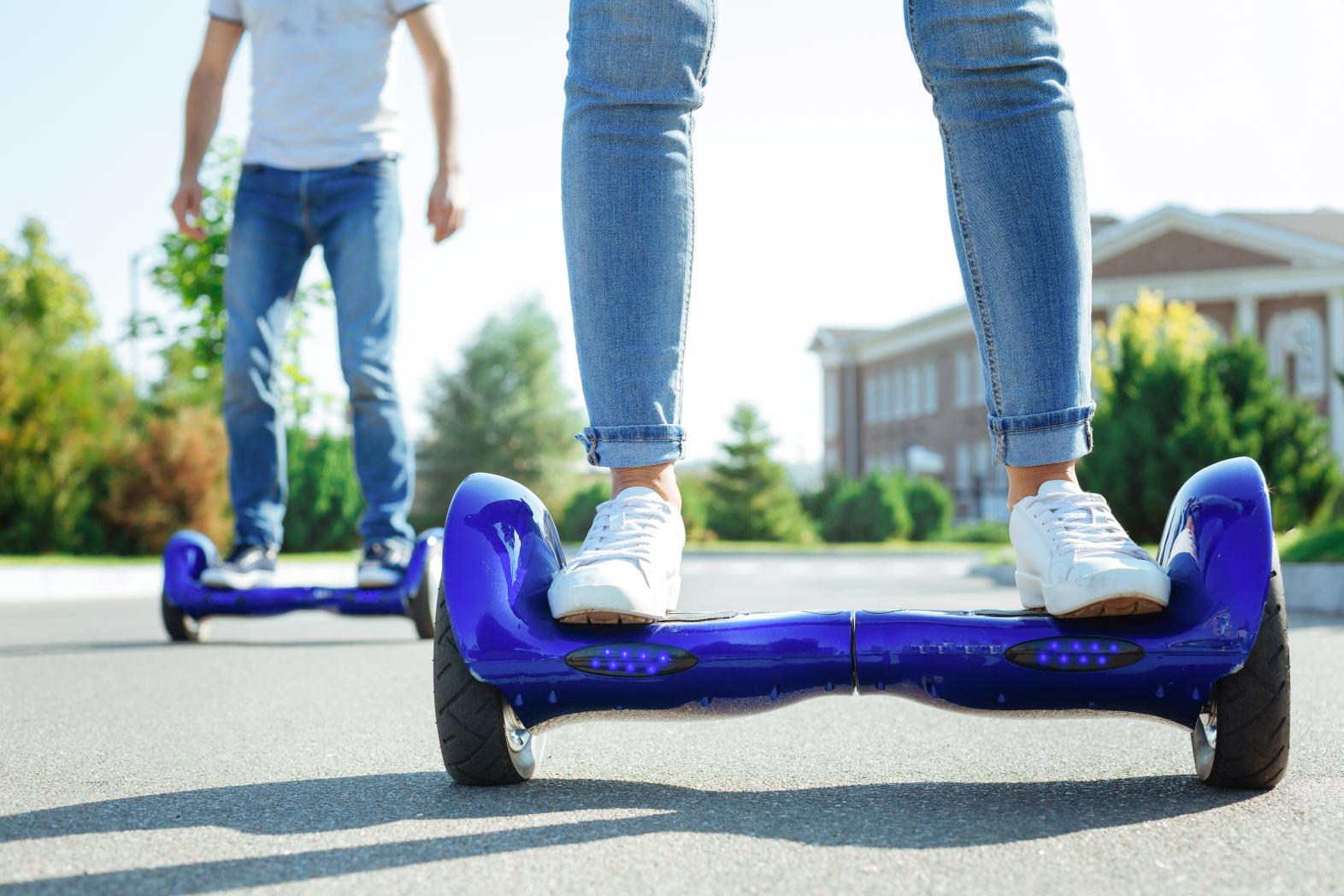Addressing the Risk of Electrical Shock and Fire from E-Mobility Devices

The use of personal electronic mobility (e-mobility or micromobility) devices such as e-skateboards, hoverboards, and e-scooters has soared in recent years. On Cyber Monday in 2015, nearly 7,500 hoverboards were sold by the online retailer eBay, making e-mobility devices one of the most popular gifts that holiday season. Although these forms of transportation have many advantages, such as their versatility and zero-emission travel, they can present some risks.
Aside from physical hazards to users like falling or crashing, e-mobility devices can present the risk of electrical shock and fire due to the demanding conditions their electrical systems and lithium-ion batteries are subjected to during use.
During the same holiday season that saw record sales for e-mobility devices – from December 2015 through mid-February 2016 – the U.S. Consumer Product Safety Commission received notices from consumers of 52 separate fires directly related to hoverboards. Tragically, these hazards have resulted in human injury and death.
How does UL 2272 make e-mobility devices safer?
In November 2016, in response to the alarming number of reported fire incidents, UL Standards & Engagement published the first edition of UL 2272, the Standard for Electrical Systems for Personal E-Mobility Devices as a binational standard in the U.S. and Canada. The standard sets forth requirements for the electrical drive train system, battery system, and charger system combinations of personal e-mobility devices including e-scooters and hoverboards. In that same year, the acting director of the CPSC announced to manufacturers, importers, and retailers of self-balancing scooters that the agency would recall any units that did not comply with UL 2272.
Has UL 2272 been updated?
In April 2024, UL Standards & Engagement published the second edition of UL 2272, which includes updates to its requirements for battery packs and chargers, evaluation of gaskets and seals, flammability of nonmetallic materials, and operating temperatures. Some of these updates are described below:
- The updated requirements for battery pack enclosures include requirements for tamper-resistant fasteners and sealed enclosures, to discourage users from servicing their own devices and potentially damaging batteries.
- The updated charger requirements help ensure that approved battery packs can only receive power from chargers that are fully electrically compatible.
- The updated temperature requirements take reasonable worst-case foreseeable use conditions into consideration to help ensure that cells remain within manufacturer specifications throughout all modes of operation, such charging, maximum load discharge, and recharge, in sequence, with minimal rest periods in between.
What kind of testing does UL 2272 require?
Under UL 2272, personal e-mobility devices are subject to many different tests, including electrical, mechanical, and environmental testing, which accounts for conditions that could be encountered in their operating environment. In order to comply with UL 2272, the tests must not result in explosion, fire, rupture of battery, electrolyte leakage, or electric shock hazard. Some of these tests are described below:
- Overcharge Test: During an overcharge test, the device is subjected to constant current charging at its maximum specified charging rate under both a non-faulted and a single fault condition. During the single fault condition, a protective device such as a fuse in the charging protection circuitry is intentionally failed to see if an overcharge condition will occur.
- Drop Test: This test addresses whether a hazard is created when a device is inadvertently dropped during handling or lifting by the user. During the test, the device is dropped three times from a height of one meter to simulate how a user might handle the device. If operational after the test, the device will undergo a charge/discharge cycle to determine whether the battery was damaged.
How You Can Help
ULSE standards are developed through a consensus-based process, which integrates scientific and testing expertise with input from our Technical Committee members and stakeholders. TC members represent a variety of interests, including industry, academia, government, retail, and manufacturing. If you are involved in the design, construction, sale, or operation of e-mobility devices, and you would like to help improve safety in your industry, please take a moment to learn how you can get involved.